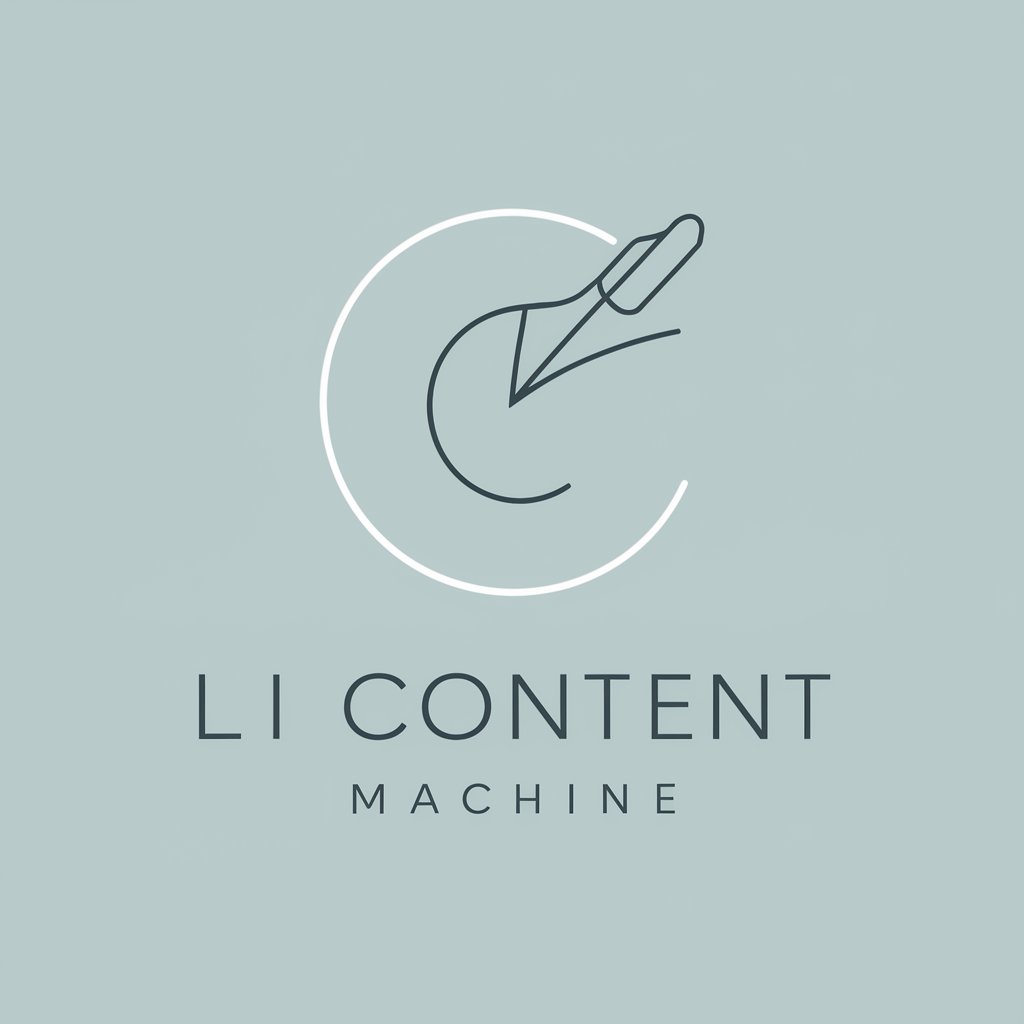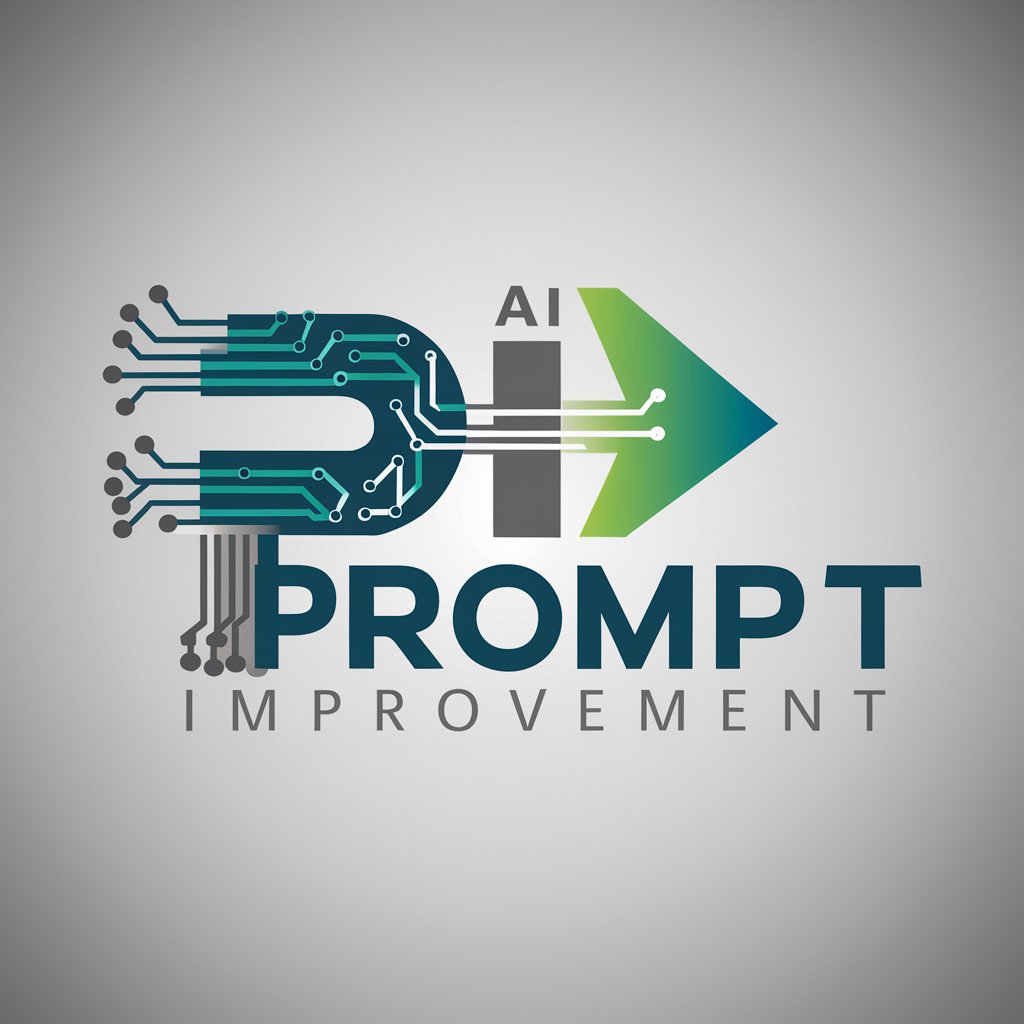
C# Web API: Building Secure & Scalable Solutions - C# Web API Development

Welcome! Let's build secure and scalable APIs with C# and .NET Core.
Empowering secure, scalable API solutions with AI
Explain the process of setting up authentication in a .NET Core Web API...
What are the best practices for optimizing the performance of a C# web API...
How can I implement error handling in a .NET Core API to ensure reliability...
Describe the steps to integrate a .NET Core API with a SQL Server database...
Get Embed Code
C# Web API: Building Secure & Scalable Solutions
C# Web API, leveraging .NET Core, is engineered for creating secure, efficient, and scalable web applications and services. It is designed with the intent to facilitate seamless integration between different systems, platforms, and devices. The architecture of a C# Web API is built around HTTP and REST principles, allowing for stateless communication, which is ideal for web services. This approach ensures that APIs can serve a wide range of clients, including browsers, mobile apps, and desktop applications. An example scenario includes developing a RESTful service for a mobile application where users can retrieve, create, update, and delete resources like user profiles or posts. This illustrates the API's ability to handle CRUD operations securely and efficiently, showcasing its design purpose of facilitating data exchange in distributed systems. Powered by ChatGPT-4o。

Main Functions of C# Web API
Authentication and Authorization
Example
Implementing JWT (JSON Web Tokens) for secure API access.
Scenario
In a scenario where an application requires user authentication to provide personalized data, JWT can be used to secure API endpoints. This ensures that only authenticated users can access sensitive information, such as their personal account details or transaction history.
Data Modeling and Database Integration
Example
Utilizing Entity Framework for ORM.
Scenario
Consider an e-commerce platform that needs to manage products, orders, and customer information. Entity Framework can be used for data modeling and CRUD operations, seamlessly integrating with a database to store and retrieve data efficiently.
Error Handling and Logging
Example
Implementing global exception handling and using NLog for logging.
Scenario
In a service that processes financial transactions, robust error handling and logging are critical. A global exception handler can ensure that any uncaught errors are logged with sufficient detail for troubleshooting, while NLog can be configured to log different levels of information for monitoring and debugging purposes.
API Versioning
Example
Using URL path and query string versioning strategies.
Scenario
For an API serving a mobile app that is frequently updated, versioning is essential to maintain compatibility with older app versions while supporting new features. URL path or query string versioning allows the API to serve different versions of the same endpoint, ensuring that all app versions function correctly.
Performance Optimization and Scalability
Example
Implementing asynchronous programming and caching.
Scenario
A news aggregation service that fetches articles from various sources can use asynchronous programming to improve response times and caching to reduce load on external services. This not only enhances performance but also ensures the service can scale to handle high traffic volumes.
Ideal Users of C# Web API Services
Web Developers
Web developers, especially those specializing in C# and .NET Core, who are tasked with creating, maintaining, or scaling web services and applications. They benefit from the API's support for RESTful principles, secure authentication methods, and integration with various databases and cloud services.
Enterprise Applications
Enterprises requiring robust, scalable, and secure web services for their internal and external applications. C# Web API's ability to handle high loads and integrate with existing systems makes it ideal for large-scale enterprise applications.
Startups
Startups looking to develop and deploy web applications quickly and securely. The flexibility and efficiency of C# Web API make it an excellent choice for startups that need to innovate rapidly while ensuring their applications can scale and remain secure.

Using C# Web API: Building Secure & Scalable Solutions
1
Begin by exploring the platform at yeschat.ai, where you can access a free trial instantly without needing to log in or subscribe to ChatGPT Plus.
2
Familiarize yourself with C# and .NET Core fundamentals, as a solid understanding of these is crucial for developing secure and scalable web APIs.
3
Learn about RESTful design principles and HTTP methods to ensure your API adheres to industry standards and practices.
4
Implement authentication and authorization mechanisms to secure your API, utilizing tools like JWT (JSON Web Tokens) or OAuth.
5
Test your API for scalability and performance, using tools like Postman or Swagger for testing and documentation.
Try other advanced and practical GPTs
GPT Agent Prompt Vulnerability Test v2.5
Securing AI, Safeguarding Futures

LI Content Machine
Craft Engaging, Audience-Specific LinkedIn Posts

ViGreeter - Video Greeting Generator
Craft personalized video greetings with AI

Sound Text Summarizer
Effortlessly summarize spoken words with AI power.

プロンプト改善くん(prompt Improvement)
Enhance Your Prompts, Elevate Your Results

Positive Vibes
Elevate Your Day with AI Inspiration

NYC Plan Builder
Craft Your Perfect NYC Adventure with AI

Ultima - AI API Integration with Zap Expertise
Simplify API Integration with AI

Mon Expert-Comptable
AI-Powered French Accounting Insights

GptOracle | The Urologist
AI-Powered Urology Insights

Veritopa Index Fund Guru
Simplifying Index Fund Investments with AI

Traveler - Game Master - PnP
Empowering Traveller RPG Sessions with AI

Q&A on C# Web API: Building Secure & Scalable Solutions
What are the best practices for securing a C# Web API?
Ensure secure communication through HTTPS, implement robust authentication and authorization with JWT or OAuth, validate and sanitize all input data, use HTTPS only cookies, and regularly update dependencies to mitigate vulnerabilities.
How can I improve the scalability of my C# Web API?
Adopt microservices architecture, implement caching, optimize database queries, use asynchronous programming models, and leverage cloud services like Azure or AWS for auto-scaling capabilities.
What is the role of dependency injection in C# Web API?
Dependency injection is crucial for creating loosely coupled, testable, and maintainable code. It allows for injecting dependencies at runtime, facilitating easier unit testing and better separation of concerns.
How do I handle versioning in a C# Web API?
Versioning can be handled through URI path, query string parameters, or custom request headers. It's important to plan your versioning strategy to ensure API consumers can smoothly transition between different versions.
What tools are recommended for testing a C# Web API?
Use Postman for manual testing and exploring APIs, Swagger for documentation and testing, and xUnit or NUnit for automated unit and integration testing.